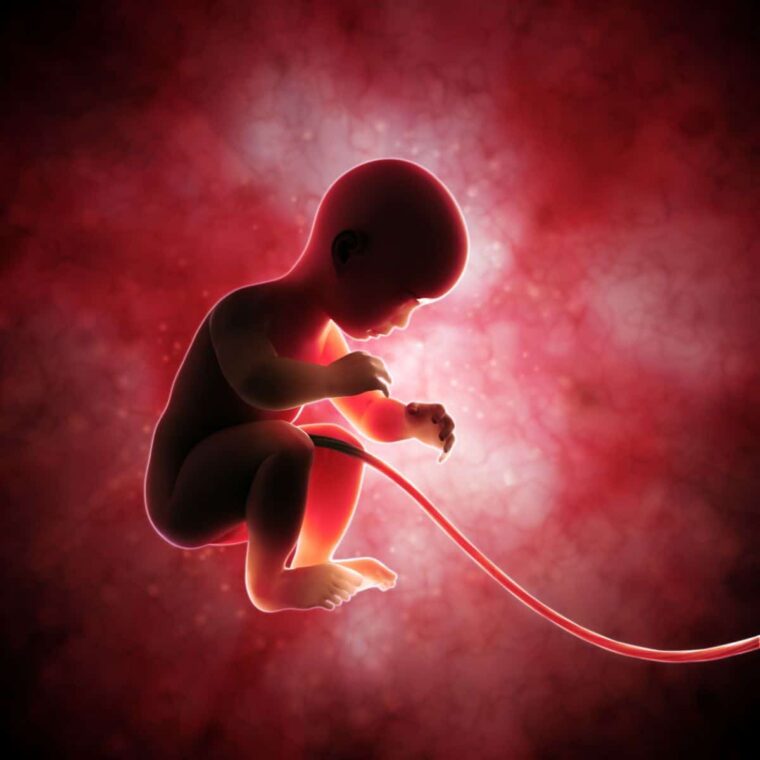Dr. Sebi spoke about advising the mother of their child to not cutting the baby’s navel string or umbilical cord but rather allow it to fall off naturally. So in this article we explore this topic.
For thousands of years, childbirth was a sacred, natural process guided by intuition, wisdom, and respect for life. One of the most significant parts of that process was allowing the baby’s navel string – or umbilical cord – to remain attached until it naturally separated. Today, this ancient practice is known as lotus birth, though in truth, it’s something many of our ancestors did long before the term existed.
The Cord Still Carries Life-Giving Blood
Immediately after birth, the umbilical cord continues to pulse, transferring the baby’s remaining blood from the placenta. This blood is rich in oxygen, iron, stem cells, and immune-building nutrients. Cutting the cord too early interrupts this natural transfer and deprives the baby of vital resources designed to support healthy growth and strong immunity.
A Gentle Transition to Breathing
When the cord is left intact, the baby continues to receive oxygen through the placenta while slowly adapting to breathing through the lungs. This calm transition helps reduce stress and supports a smoother adjustment to life outside the womb. Early cord cutting, on the other hand, forces an abrupt separation that can cause unnecessary strain on the newborn.
The Placenta Is Part of the Baby
The placenta isn’t just an organ – it’s the baby’s life connection in the womb. It has nourished, protected, and sustained the baby for nine months. Spiritually and biologically, it’s an extension of the child’s body. Cutting the cord immediately severs that deep bond, while keeping it intact honors the wholeness of the birth experience.
Lotus Birth – Natural and Peaceful Separation
A lotus birth allows the placenta and cord to stay attached to the baby until they dry and fall away naturally, usually within 3 to 10 days. During this time, the placenta is cleaned, salted, and wrapped in cloth or herbs to preserve it. The process allows a gentle, infection-free separation and creates a peaceful start for the newborn, encouraging bonding and calmness for both baby and mother.
Energy and Balance
In many wholistic traditions, the navel area is considered the body’s center of life energy. The umbilical cord acts as an energetic bridge connecting the baby to the placenta and, symbolically, to the life force itself. Cutting it too soon can disrupt this natural flow of energy, potentially affecting the baby’s balance and vitality.
A Middle Path – Delayed Cord Clamping
For families who may not choose a full lotus birth, delayed cord clamping offers a beautiful middle ground. Waiting just 5 to 10 minutes – or until the cord stops pulsing – allows the baby to receive most of its natural blood supply, improving iron levels and overall health while still aligning with hospital practices.
A Return to Ancient Wisdom
What is now called lotus birth isn’t new – it’s ancient. Across Africa, Asia, and Indigenous communities, women traditionally allowed the placenta to separate naturally, often treating it with reverence. It was common to bury the placenta in a meaningful place as a symbol of grounding and protection for the child. This practice recognized what modern science is only beginning to confirm – that the baby, the cord, and the placenta are one sacred system meant to complete its process in harmony.
In Closing
Not cutting the baby’s navel string is more than a birth choice – it’s an act of honoring life’s natural rhythm. Whether you choose a lotus birth or delayed cord clamping, the goal is the same: to give the newborn a gentle, complete, and respectful welcome into the world. By trusting nature’s design, we reconnect with the wisdom of our ancestors and the divine intelligence that governs all life.
References / Sources
- Mercer, J. S., & Erickson-Owens, D. A. (2012). Delayed cord clamping in term infants: more evidence for practice change. Journal of Midwifery & Women’s Health, 57(3), 235–244.
- Hutchon, D. J. R. (2014). Why delayed cord clamping matters. BMJ, 349:g6829.
- World Health Organization (WHO). (2014). Delayed umbilical cord clamping for improved maternal and infant health and nutrition outcomes.
- Buckley, S. J. (2015). The Hormonal Physiology of Childbearing: Evidence and Implications for Women, Babies, and Maternity Care. Childbirth Connection, New York.
- Spiritual and traditional insights drawn from African, Indigenous, and holistic birth customs honoring the placenta as sacred and the baby-placenta bond as one life system.














